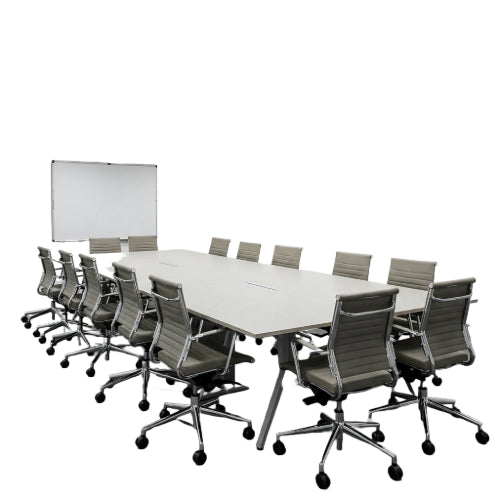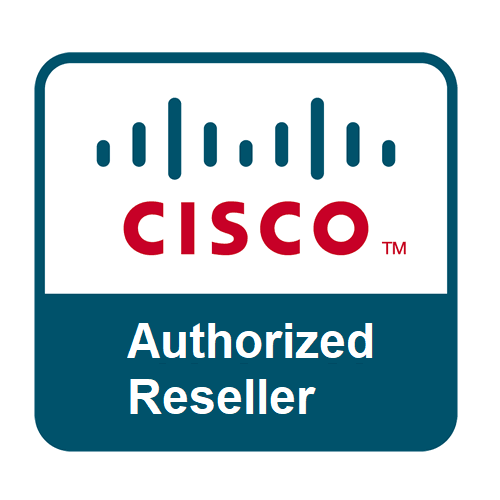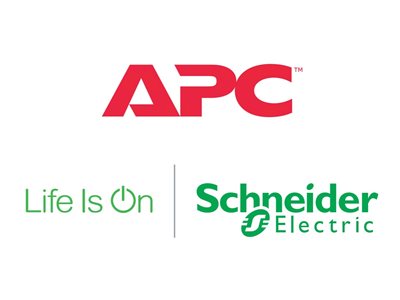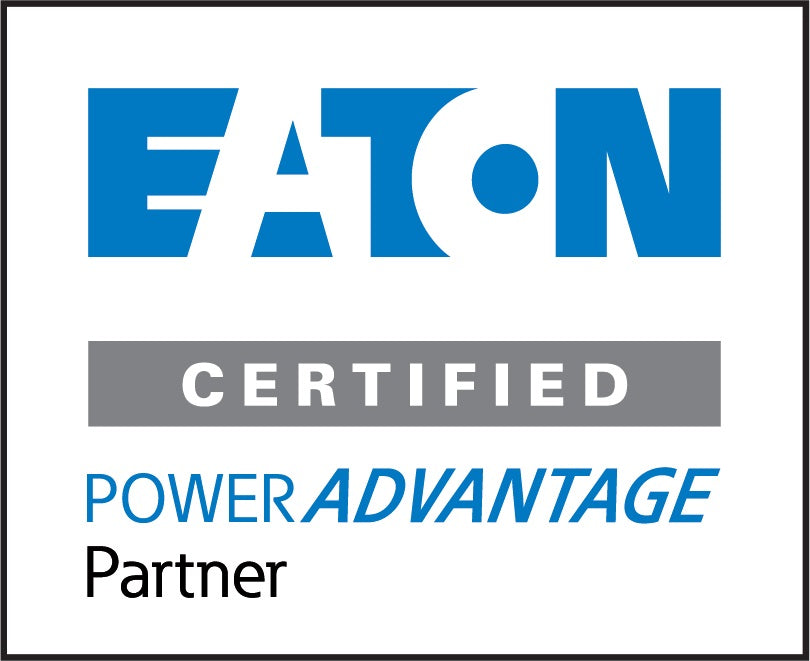The Ultimate Guide to Setting Up a Professional Conference Room
In today's dynamic business landscape, effective communication and collaboration are paramount. A well-equipped and thoughtfully designed conference room is no longer a luxury – it's a crucial asset for productive meetings, impactful presentations, and fostering team synergy. Whether you're outfitting a brand-new office or upgrading an existing space, this ultimate guide will walk you through the essential steps to setting up a professional conference room that empowers your team and impresses your clients.
Phase 1: Defining Your Needs and Vision
Before you even think about furniture or technology, take a step back and define the purpose and requirements of your conference room.
- Capacity: How many people will typically use the room? Consider both regular team meetings and larger client presentations.
- Meeting Types: What kinds of meetings will be held here? Brainstorming sessions, video conferences, formal presentations, client pitches? Each type might have specific needs.
- Technology Requirements: What technology is essential for your meetings? This could include video conferencing systems, presentation screens, audio equipment, wireless sharing capabilities, and internet connectivity.
- Budget: Establish a realistic budget for the entire project, including furniture, technology, installation, and any potential renovations.
- Aesthetics and Branding: How do you want the room to look and feel? It should reflect your company's professionalism and brand identity.
Phase 2: Designing the Physical Space
The layout and design of your conference room significantly impact its functionality and comfort.
- Room Layout: Consider different table configurations (boardroom, U-shape, classroom) based on your typical meeting types. Ensure ample space for movement and comfortable seating.
- Seating: Invest in ergonomic and comfortable chairs that support prolonged sitting. Consider armrests and adjustability.
- Table: Choose a table size and shape that accommodates your typical meeting size and allows for easy interaction. Ensure it has built-in power outlets and cable management solutions.
- Lighting: Opt for a combination of natural light (if available) and adjustable artificial lighting. Avoid glare on presentation screens. Dimmable lights can create different moods for various meeting types.
- Acoustics: Soundproofing is crucial for clear communication, especially during video conferences. Consider acoustic panels, carpeted floors, and sound-dampening materials to minimize echoes and distractions.
- Whiteboards and Flip Charts: Even in a digital age, physical whiteboards or flip charts can be valuable for brainstorming and visual note-taking. Ensure they are easily accessible and well-lit.
- Accessibility: Ensure the conference room is accessible to all individuals, including those with disabilities. This includes considerations for doorways, seating, and technology.
Phase 3: Integrating Essential Technology
Modern conference rooms rely heavily on technology for seamless communication and collaboration.
-
Display: Choose a display solution that suits your room size and presentation needs. Options include:
- Large Format Display (TV): Suitable for smaller to medium-sized rooms.
- Projector and Screen: Offers scalability for larger audiences and immersive presentations. Consider brightness, resolution, and throw distance.
- Interactive Whiteboard: Combines display capabilities with touch interactivity for collaborative brainstorming.
-
Video Conferencing System: Essential for remote collaboration. Consider:
- All-in-One Solutions: Integrated camera, microphone, and speaker systems designed for conference rooms.
- Modular Systems: Separate components (PTZ camera, ceiling microphones, dedicated speakers) for more customized setups.
- Platform Compatibility: Ensure compatibility with the video conferencing platforms your team and clients use (Zoom, Microsoft Teams, Google Meet, etc.).
-
Audio System: Clear audio is just as important as video. Consider:
- Conference Phone: A dedicated device for high-quality audio calls.
- Microphone System: Ceiling microphones, tabletop microphones, or wireless lavalier microphones depending on your needs.
- Speakers: Ensure even audio distribution throughout the room.
- Wireless Presentation System: Enables seamless screen sharing from laptops, tablets, and smartphones without the need for cables. Popular options include Barco ClickShare, Mersive Solstice, and built-in features in some smart displays.
- Control System (Optional but Recommended): Simplifies the operation of your AV equipment with a centralized control panel or touch screen.
- Internet Connectivity: Ensure a reliable and high-speed wired and wireless internet connection. Consider a dedicated network for the conference room.
- Cable Management: Implement a robust cable management system to keep wires organized, prevent tripping hazards, and maintain a clean aesthetic.
Phase 4: Installation and Setup
Proper installation is crucial for the optimal performance and longevity of your equipment.
- Professional Installation: For complex AV systems, consider hiring professional installers who have the expertise to ensure everything is set up correctly and integrated seamlessly.
- Testing: Thoroughly test all aspects of your conference room setup, including video conferencing, audio, display, and wireless sharing.
- User Training: Provide adequate training to your team on how to use the conference room technology effectively. Create clear and concise user guides.
Phase 5: Ongoing Maintenance and Support
Setting up your conference room is not a one-time task. Ongoing maintenance and support are essential.
- Regular Equipment Checks: Periodically check all equipment to ensure it's functioning correctly.
- Software Updates: Keep software and firmware updated for optimal performance and security.
- Technical Support: Have a plan in place for addressing technical issues promptly. This could involve an in-house IT team or an external support provider.
- Gather Feedback: Regularly solicit feedback from users to identify areas for improvement and ensure the conference room continues to meet their needs.
Creating a Professional Advantage
A well-designed and technologically advanced conference room is more than just a place to hold meetings. It's a space that fosters collaboration, enhances communication, and leaves a positive impression on clients and partners. By carefully considering your needs, investing in quality equipment, and prioritizing user experience, you can create a professional conference room that becomes a true asset to your organization. So, take the time to plan, execute, and maintain your conference room, and watch your team's productivity and collaboration soar.







